Danny the Champion of the World and the Austin 7
I pressed down the clutch pedal again and pushed the gear-lever into first. This was it. My heart was thumping away so fiercely I could hear it in my throat. Ten yards away lay the the main road. It was as dark as doomsday. I released the clutch very slowly. At the same time, I pressed down just a fraction of an inch on the accelerator with my right toe, and stealthily, oh most wonderfully, the little car began to lean forward and steal into motion. I pressed a shade harder on the accelerator. We crept out of the filling-station on to the dark deserted road.
–Danny The Champion of the World
Of all the fantastical and marvelous stories told by children’s author Roald Dahl, none ever stuck in my head the way Danny the Champion of the World did. Narrated by the titular Danny, an intrepid nine-year-old, the story is filled with characters that illustrate the coming of age moment in a child’s life when you discover that adults are far from infallible. It’s a story of wonderment, capriciousness, and some arguably morally justifiable poaching. And it is a story about cars.

Produced from 1923 until 1939, the diminutive Austin 7 revolutionized the British automotive industry. The size of impact was inverse to the size of the car. It had a track just forty inches wide and was scarcely nine feet long. The engine displaced 747.5cc – any time you’re counting half-ccs, things are pretty tiny – and produced about 10 hp. All in all, it was about half the size of a Ford Model T.

“Oh, I don’t like to trailer it,” Dave says, “I just drive it everywhere.”
Having owned an Austin 7 in his youth, he found this car in Bradford-on-Avon in 1997, thanks to a tip from the registrar of the British Austin Seven owner’s club. An incomplete restoration, the car was crated up and shipped to Montreal, then via train across to the west coast, where Dave finished the restoration himself. The crate it came in was in such good condition, he built a garden shed out of it. This is a very English thing to do.
Sitting side-by-side in the tiny Austin can best be described as what the British call “cheek-by-jowl.” The Walkers call their car Chummy, as you need to be on good terms with whoever you’re riding along with. And yet, there’s seating for four, and the controls for this near-century-old machine are quite conventional. The only quirk is the separation of rear brake (foot pedal operated) and front brake (hand operated lever).
To put this car further in context: the Austin 7 is arguably the ancestor of the original Mini. The small size is not the point – it’s the democratization of mobility. When the first Sevens were made, most British cars were either large vehicles for the wealthy, or toy-like cyclecars. The owner of an Austin Seven, original purchase price £150 sterling, could comfortably drive their family around the winding country roads of England’s green and pleasant land.
Thousands of them did, and the Austin Seven effectively killed off all the other microcars, just as the Mini killed off the post-war “bubble cars” decades later. Sevens were simple in construction, frugal in operation, and easy to keep on the road.
Working together, we released the valve springs and drew out the valves. We unscrewed the cylinder-head nuts and lifted off the head itself. Then we began scraping the carbon from the inside of the head and from the tops of the pistons.
The writing in Danny concerns itself mostly with the quirky characters and madcap methods of poaching pheasants. But the book carries a clear thread of the joy and delight in taking something mechanical apart and putting it back together again. Danny’s father, William, waxes ecstatic about the magic of it. “Just imagine being able to take a thousand pieces of metal… and if you fit them all together in a certain way… and then if you feed them a little oil and petrol… and if you press a little switch… suddenly those bits of metal will come to life.”
As a child, reading these words and dreaming of the ability to drive off on midnight rescue missions, how could you ever fail to fall in love with engines and cars? Willy Wonka’s chocolate factory held no greater wonders than the ability to understand the turning of pistons and the meshing of gears and the glorious, wondrous feeling of being behind the wheel.

The Walkers’ Seven is an impeccable example of the breed, with a trophy cabinet to match. But it is no mere show car, still regularly out and about on the roads, trundling along cheerily and brightening everyone’s day. No pedestrian fails to smile as we pass. A couple of parents at a child’s birthday party hurry over with questions when we stop for pictures.
Because to see an Austin Seven out and about on the roads is to immediately recognize that motoring is a type of magic. We forget that magic, behind the wheel of some modern machine, late for work and less concerned about the experience than why the darn smartphone won’t connect properly. But the magic is still there, if you take the time to look, the way a child would.
***
Check out the Hagerty Media homepage so you don’t miss a single story, or better yet, bookmark it. To get our best stories delivered right to your inbox, subscribe to our newsletters.

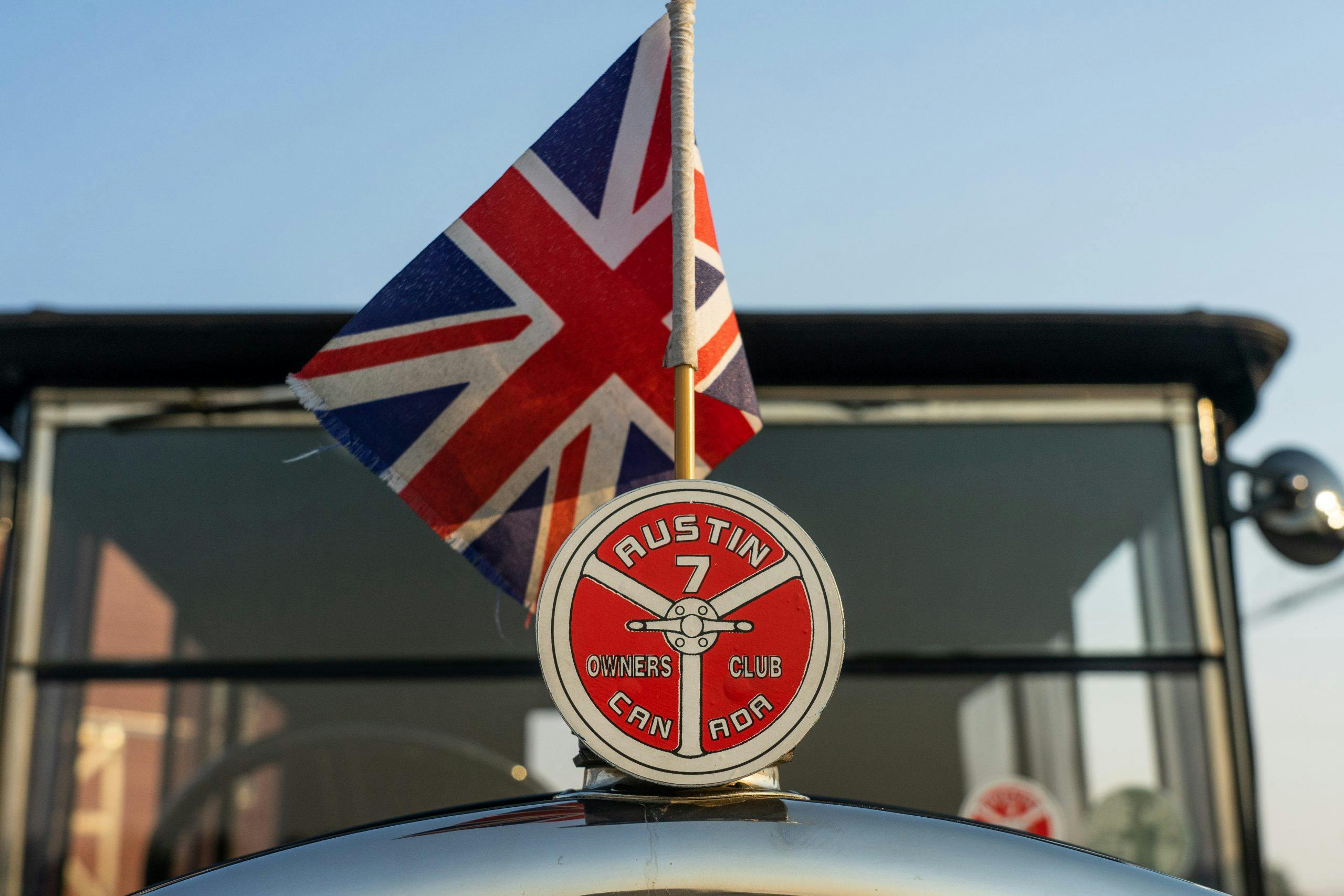
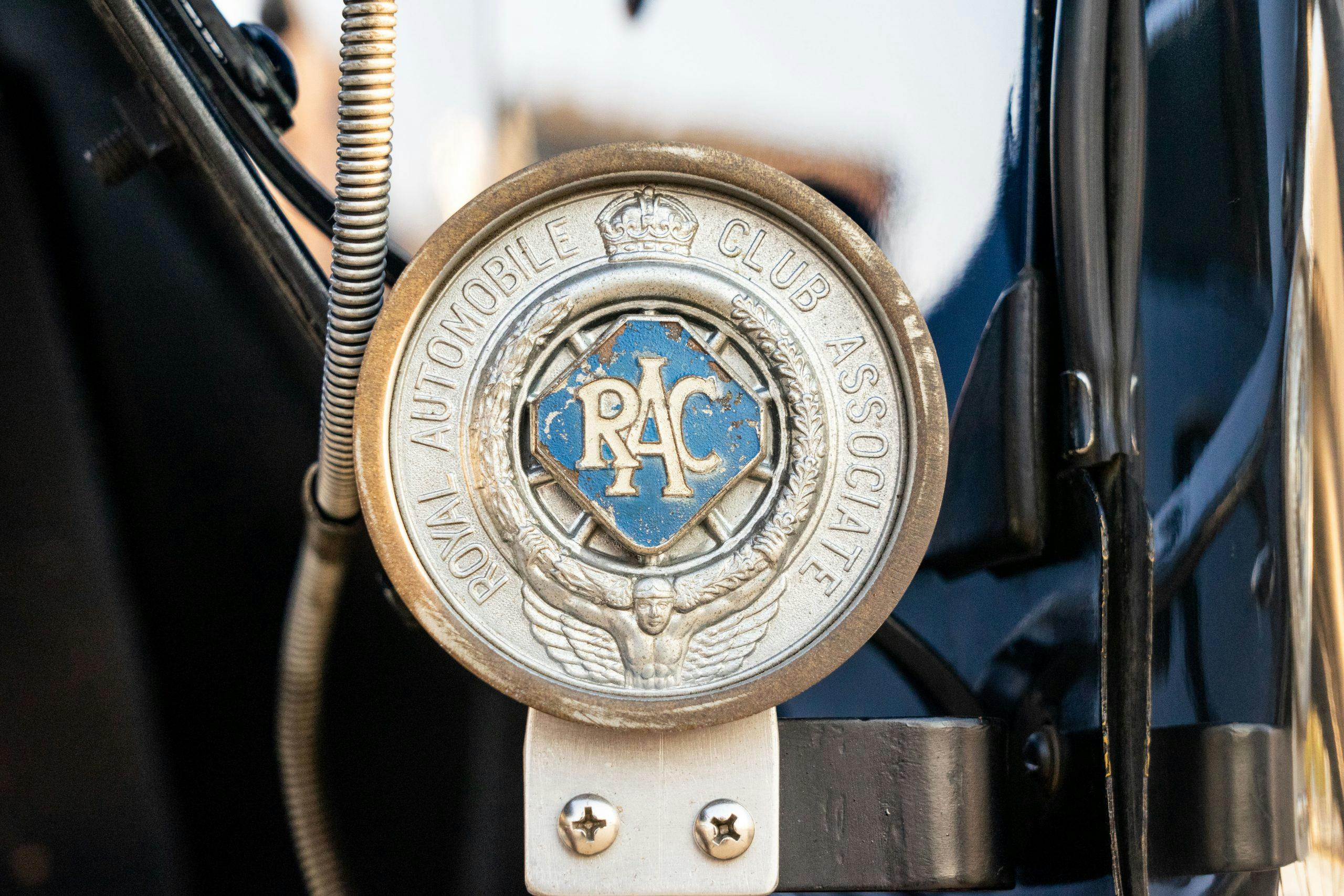
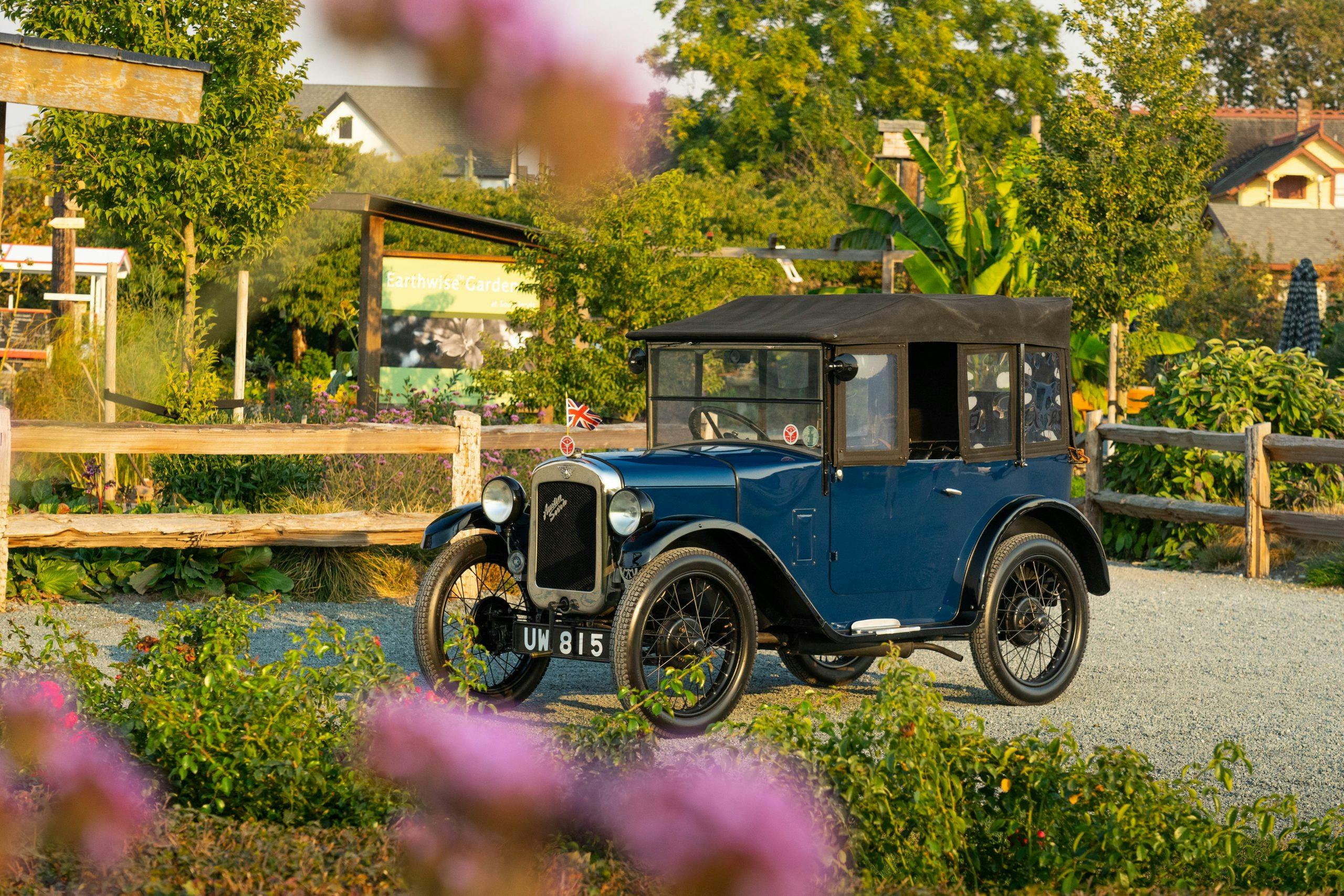
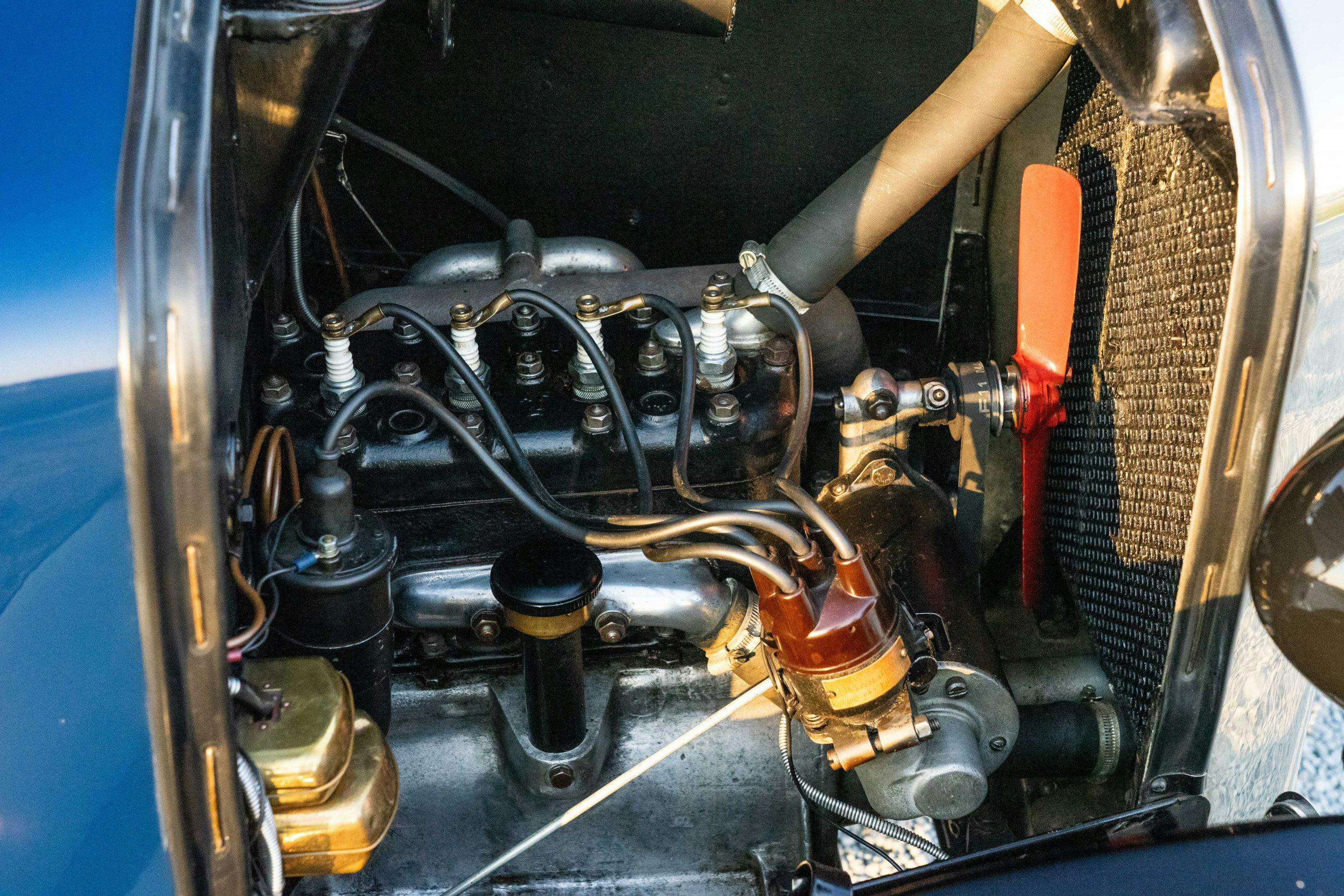

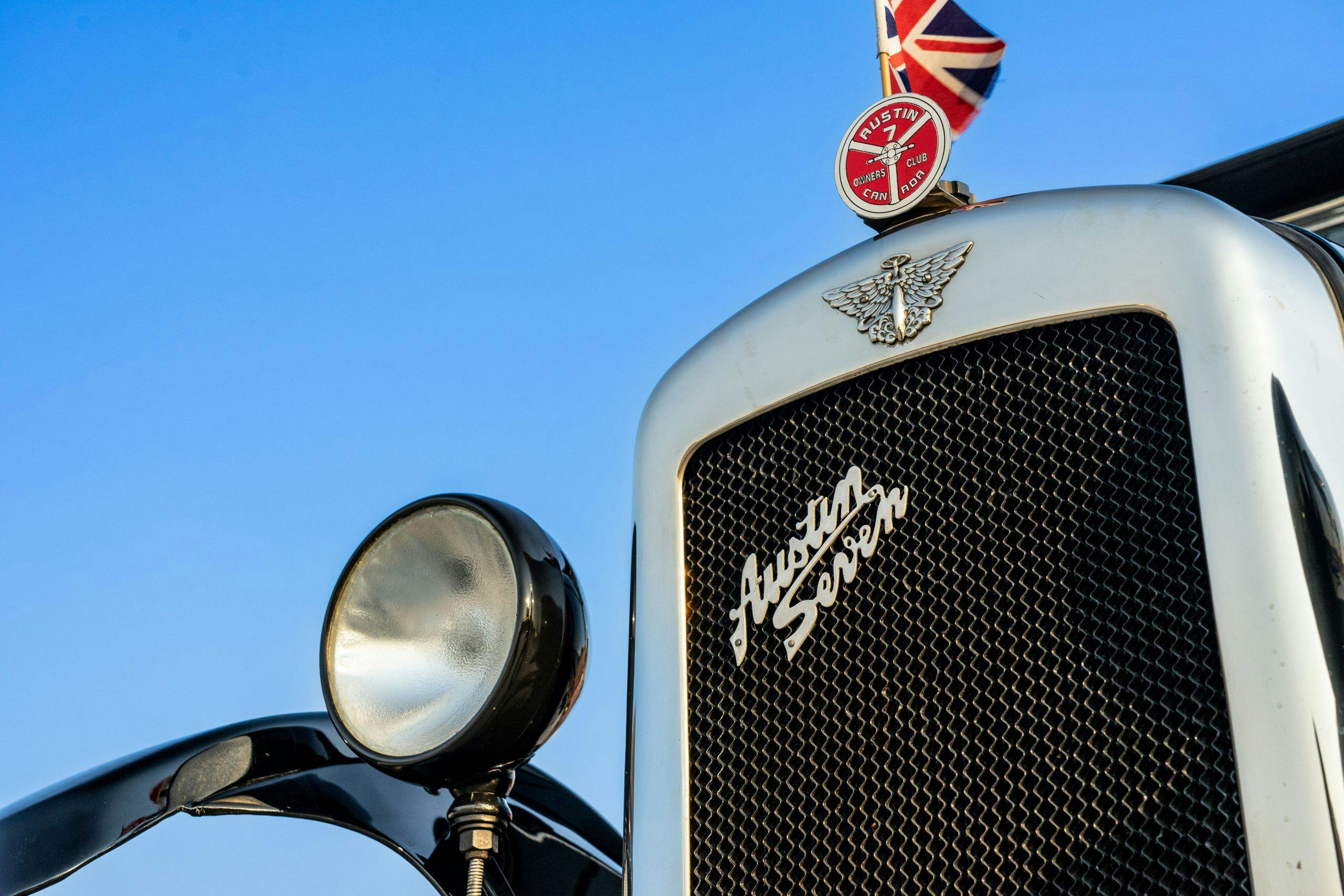
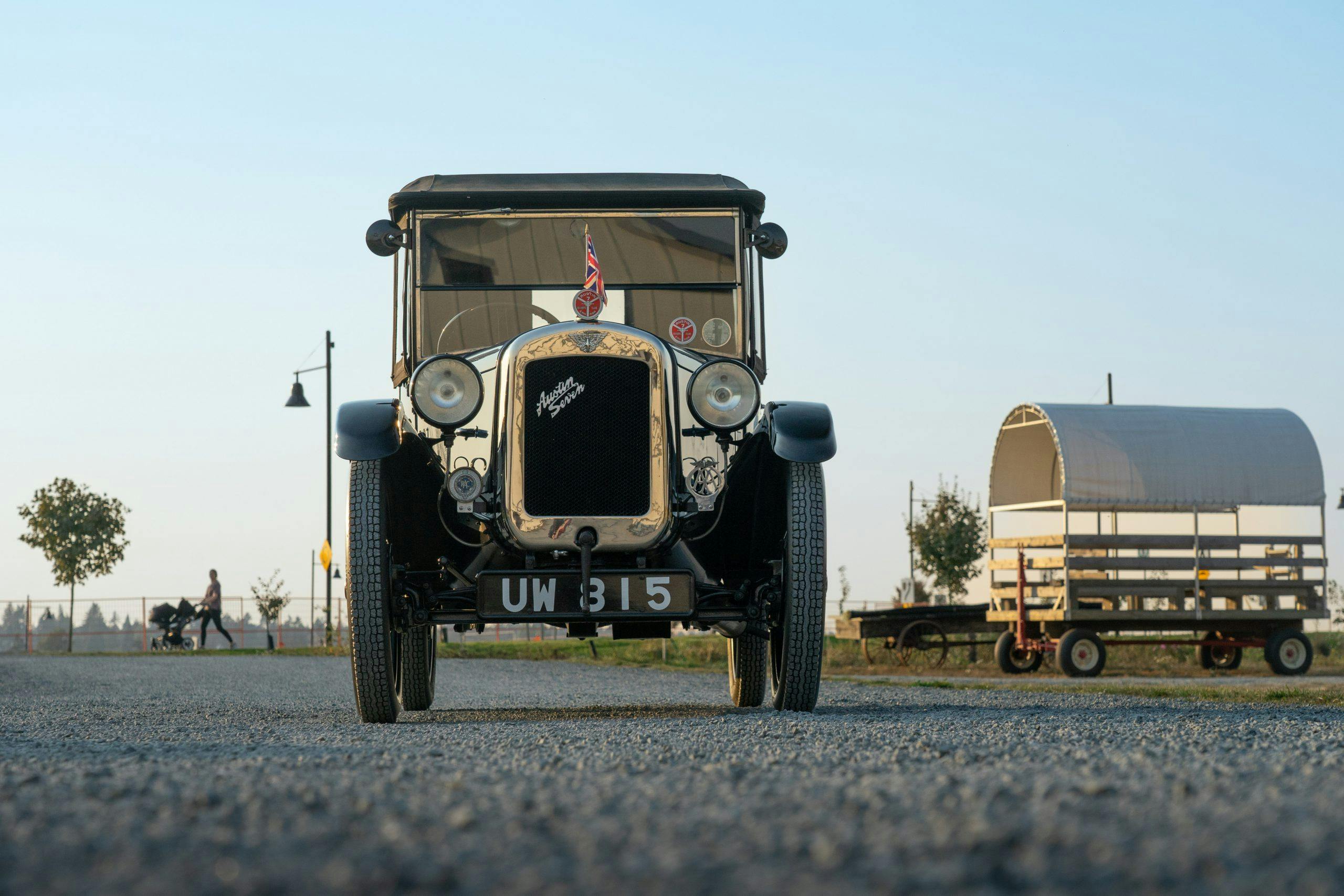
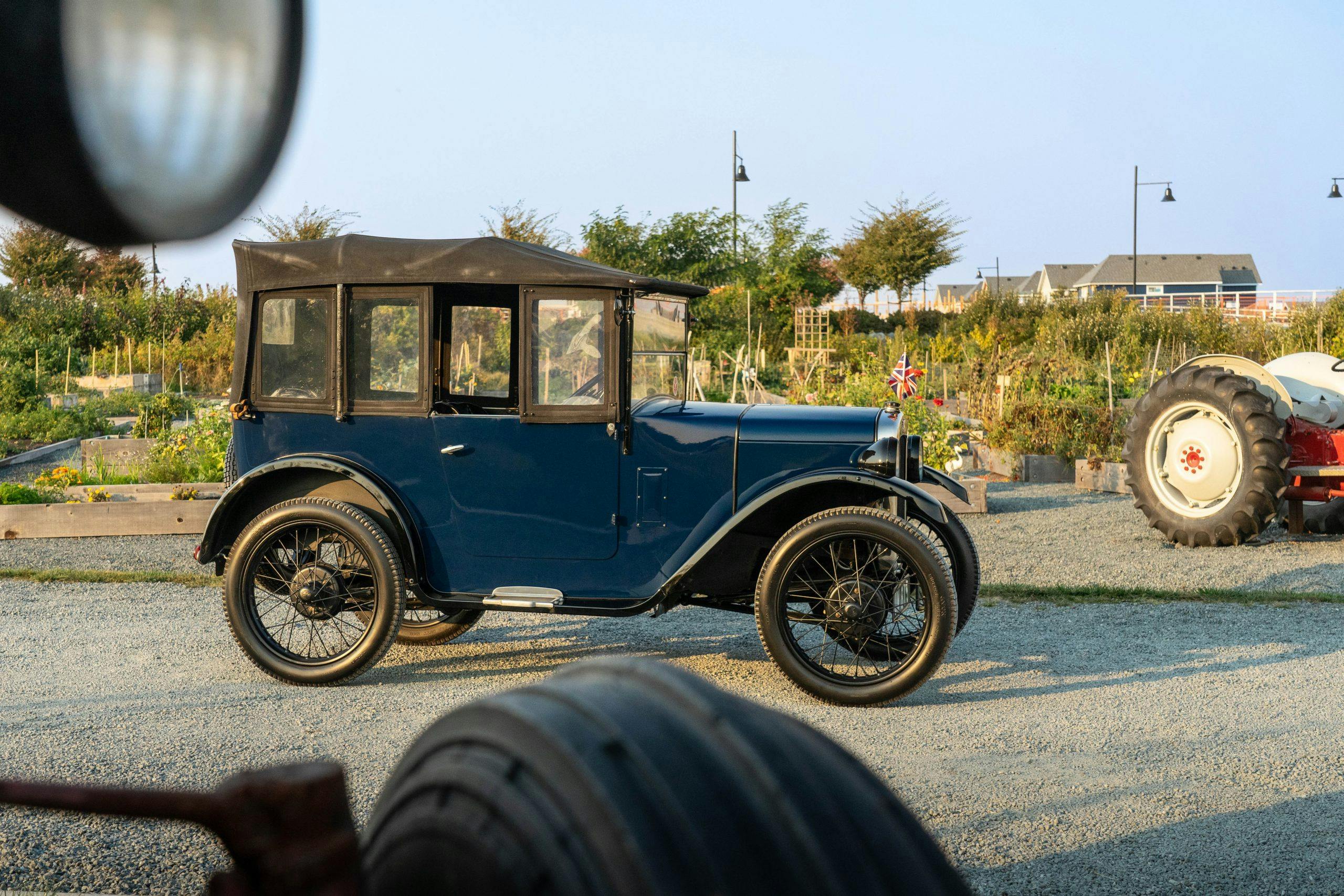
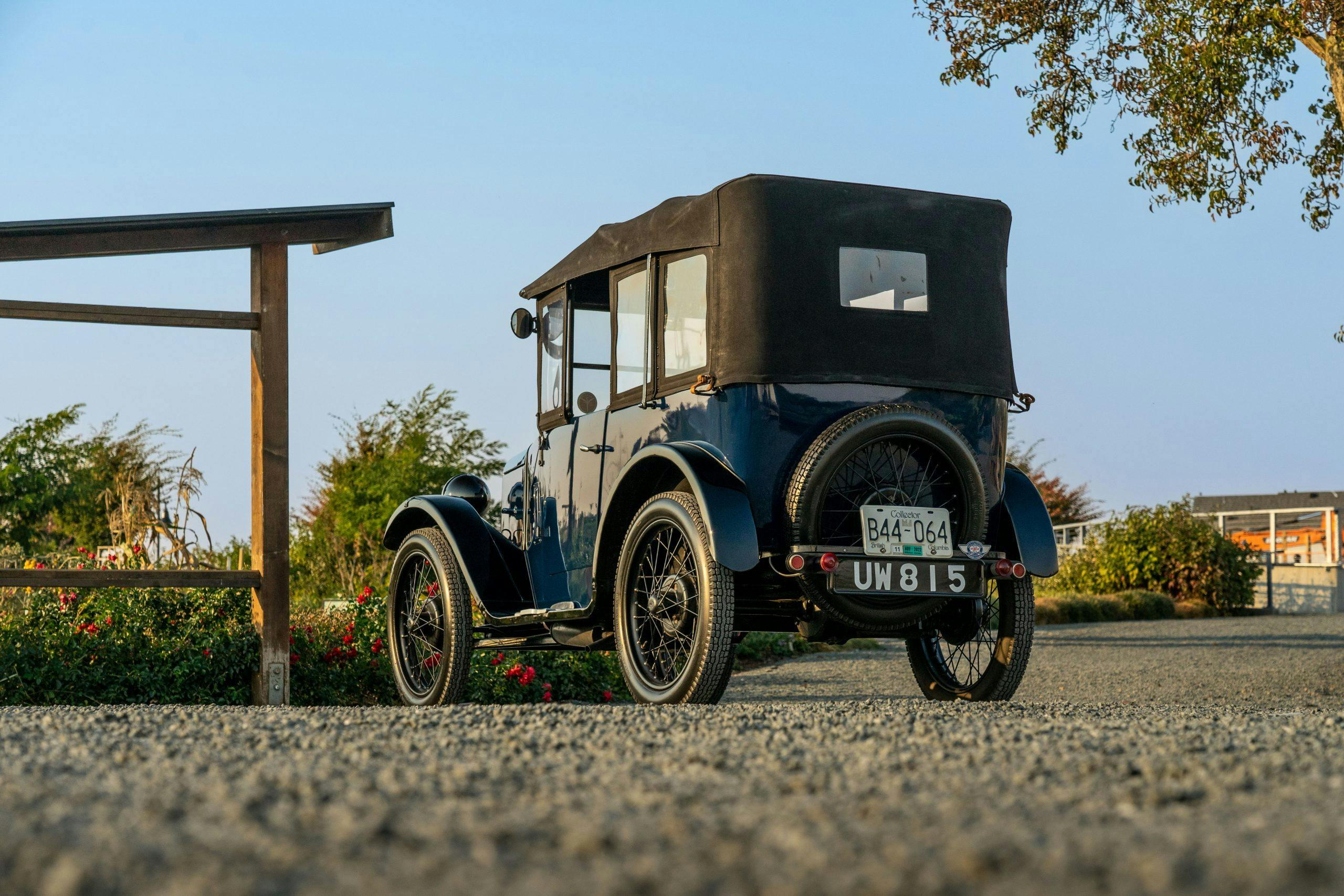


It’s a pretty neat little car. I like it!
Wonderful article! Definitely magical. I loved Danny the Champion of the World when I was young too.
I have a CycleCar built almost exactly the same size as then Austin 7. In fact the inspiration for this was, that 3 of them were built by British Air Force Captains to enjoy a bit of motor racing. They took the bas care and stripped it down then built a wood and fabric body. They did a little modification to the engines, but nothing too drastic. The three of them just about won every event they entered; even taking them over to France and winning over there.
They coined the name of the area of where the track was in France, Boulonge (I wish I could post pictures here).
Bruce McLaren actually modified the family Austin Seven and raced that in New Zealand.
I have had so much fun and enjoyment running my hand built Austin Seven named ‘Enya’
They are such a fantastic little car.
Oh, I forgot to mention that Hagerty insures the Austin Seven along with my Classic ’72 Mini. Thank you Hagerty
From such as “Danny The Champion of the World” are lifelong motoring enthusiasts born.
We have long owned a Chummy that we drive on Norfolk Island. Poor brakes, lousy handling, little power, but buckets of charm and oh so tough. They have made some amazing journeys world wide.
Driving “Alice” puts a smile on our faces and brightens up everyone’s day.
I believe Mr McAleer may be a little adrift when thinking that the Walkers christened their car Chummy as it was really the Austin Motor Company who sold them as Austin 7 Chummies. I have always wanted one.